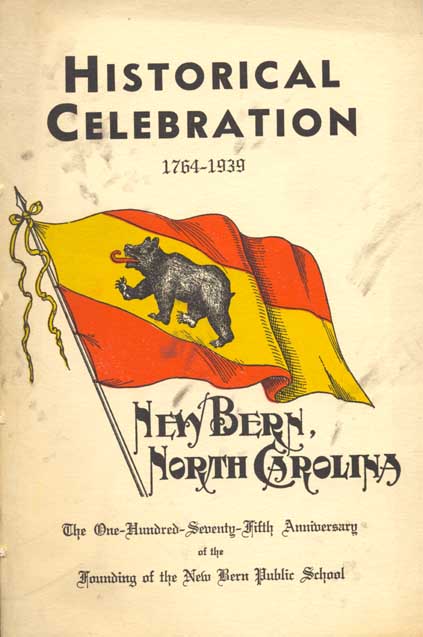John Lawson Redivivus at East Carolina University

John Lawson Redivivus at East Carolina University
The “Entrepreneur” section presents seven texts dating from 1706 to 1713 and explores Lawson’s role in accumulating wealth from his activities. In addition to his other skills and interests, Lawson was also a surveyor, which made him a very influential man in the area. He is at least greatly responsible for the founding of Bath (where he lived), the first permanent town in North Carolina, and New Bern, the second permanent settlement. In the course of these activities, he must have accumulated some measure of worldly goods. One item in this section is the “Abstract of John Lawson’s Will,” which reads in its entirety: “Dearly beloved HANNAH SMITH--the house I now live in during her life, 2/3 my personal estate in North Carolina. My daughter ISABELLA of Bath Co., & the brother & sister which her mother HANNAH SMITH is with child & then Every Childe of hers by me--rest of my estate, when they arrive to age 21 or marry.” What this property consisted of besides the house is a mystery. It is not know if Lawson and Smith were even married. As with many other areas of his life, this will also became mired in controversy, as documented in the exhibit.
The “Naturalist” section is the one that truly breaks new ground concerning Lawson’s life. Lawson was extremely interested in eastern North Carolina flora and fauna and had grandiose intentions of documenting it all, including fish. As part of this interest, he sent plant specimens to James Petiver in London. Petiver’s collection eventually became the property of Hans Sloane, who accumulated hundreds of volumes of dried plants, the largest such collection up to that time. All of Sloane’s collection, including the plants that Lawson had originally sent Petiver, ended up in the British Museum. This section of the exhibition contains digital images in two resolutions of every plant that Lawson supplied, taken from the very books themselves, now in the Natural History Museum, London. The images may be searched by either their common names (e.g., “Solomon’s Seal”) or their taxonomic Latin name (e.g., “Cyrillaceae”). This part of the exhibition is truly unique.